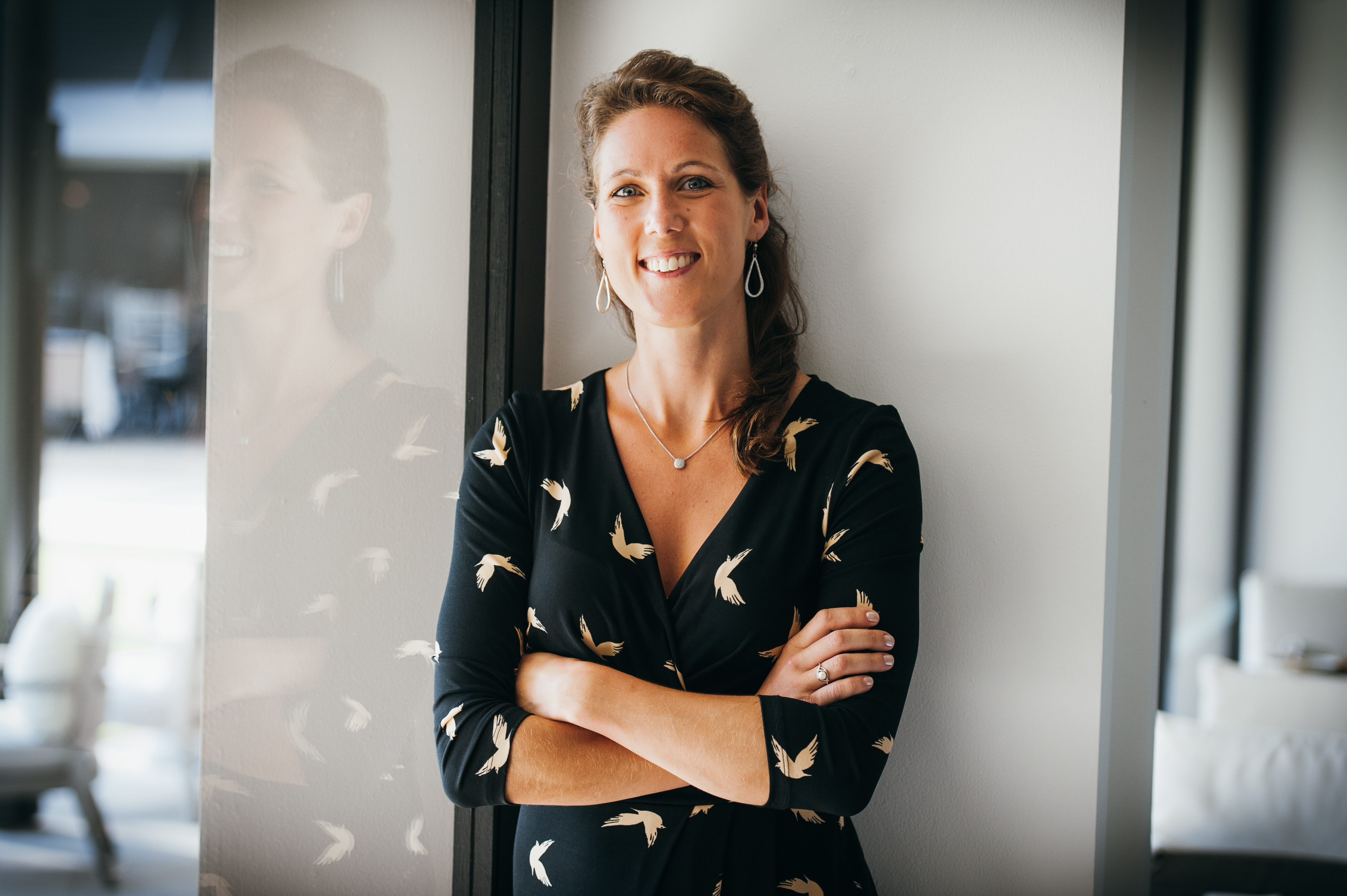To Present Yourself with Confidence Shouldn’t Mean Pretending to be Confident.
This article was originally appeared at Gen-i
Today I want to look at how to present yourself with confidence. Because learning to pretend to be confident just isn’t enough.
Let’s Start with a Couple of Anecdotes.
I’ve always found them quite entertaining, those images of professionals on TV who have clearly been through body language training. Do you remember those images of our politicians – including our PM – standing awkwardly with their legs a couple of metres apart? It didn’t quite achieve the image of power and self-assurance that they maybe wanted it to.
Or the political correspondents on the news, each of them deploying the same hand movements: the thumb on the fist, leaning into the camera, the palm turned downwards. They’re trained to make these identikit gestures, to make the experience more engaging for the viewer – but the effect for me was the opposite. I discover now that it’s not only me that finds this ‘confidence technique’ off-putting.
Similarly – sort of, but you’ll see the link later on – a few years ago the mother of a friend of mine had been going through something of a rough time. She’d read that the secret to being happy was to smile more – and so, for an hour a day, she would fix a determined grin. This scientific principle – that said the action of a smile triggered the release of x hormone – didn’t really produce the happiness she required. And whilst she’s totally happy now, this wasn’t because of that persistent grin.
What makes you look confident?
These thoughts were going through my head after recently attending a workshop on how to appear confident when presenting your business. The workshop was good – led by an engaging and encouraging speaker – and its content on how to appear more self-assured and authoritative when presenting to potential clients was interesting. We were told to avoid speaking too quickly, to maintain a composed posture, make eye contact and to inflect our voices in a particular way etc. etc.
Whilst I appreciated the practical tips from the workshop – I thought the focus was misplaced.
My instinct says that this is not where confidence comes from, merely pretending to be confident; confidence doesn’t come from using hand gestures or power poses, just as happiness doesn’t come with a smile.
And science seems to agree: Psychology Today defines confidence as ‘a belief in one’s self and one’s ability to succeed’. So, before learning WHAT to do with your hand-waving or tone of voice to convince anyone of your confidence, you need to learn HOW to believe in your own value.
You need to be passionate and self-assured if you are going to appear passionate and self-assured.
And, ultimately, if you are these things, you are going to care less about WHAT to do. The key then to being able to present yourself with confidence comes from believing in yourself.
Speaking More Slowly, or Thinking Differently?
The problem of presenting more confidently is not solved by reinforcing the ‘external facade’ of confidence.
At our retreat in March, we had lots of fascinating conversations about the ways that business owners all felt about their abilities. We learned about the different vulnerabilities some felt about their work and their pricing, the uncertainties and worries around the value they offered to customers. At it’s core, their self confidence.
This simple fact – conversations about our feelings – goes a long way from the instruction manual on how to present in a different, or more confident, way. If you don’t lookit, then there is a symptom of the deep rooted anxieties, fears, and vulnerabilities that are preventing you from being confident.
I think that workshops like this about pretending to be confident can actually make the situation worse! If you don’t feel confident, you find it even harder to act confidently. In turn, you will find it difficult to do the things outlined in the workshop, becoming self conscious – and this will make you even less confident. So, if the objective of the workshop is to help you be more confident presenting your business, I fear that for these people who don’t feelit, working on WHAT to do will have the opposite effect!
At our retreat, we explored the different reasons whypeople didn’t feel confident and incorporated exercises exploring HOW to enable them to feel more confident about themselves, their goals, life, work and their offering. Just as I discussed last week in my article on the psychology behind our behaviour, there is no way to make yourself behave more confidently if you don’t feelit. So best start there!
How to Be More Confident – not Just Seem it.
Let’s remind ourselves of that definition above: confidence is ‘a belief in one’s self and one’s ability to succeed’. If one is lacking it, a belief in oneself can only come with a change of mindset. And this comes through thinking and feeling, not just behaving, differently.
It’s good to be vulnerable.
The first step in getting to grips with your confidence is to acknowledge your strengths and weaknesses – and to own those those strengths…and your weaknesses.
We have discussed this before. The most courageous of leaders are those that know their strengths, focus on using them fully and being proud of them. They acknowledge their flaws, create systems and teams to strengthen the areas where they are week – rather than to pretend that they are infallible and looklike they’re weaknesses are their strengths.
Why do you do what you do?
Confidence comes from passion and clarity in what you are doing and why you are doing it.
“Confidence is the purity of action produced by a mind free of doubt”.
So, ask you yourself why you are doing what you do. Because if you are convinced about your love for and belief in your product, your service, or your offer, then this will convince others more than the performance of confidence. If you don’t love and believe in what you do, you might want to ask yourself why you are still doing it. No amount of hand gestures is going to help you if you don’t believe in what you do!
Own your value.
When it comes to the crunch of a business pitch – the moment of talking money – people’s confidence can crumble. This is the time in which you need to own your value.
If the answer to your audience’s question, ‘can you solve my problem?’, is ‘yes’ – and you believe this ‘yes’ – then you are well on your way.
Reflect on the value of your services and of the value of your strengths to your client. Ask yourself, what difference will this make to the customer’s business, reputation, the individual’s personal life or home life?
In Summary.
Remember, we aren’t actors. We don’t need to learn what to do to make someone believe that we are someone else. Be yourself. If ‘yourself’ is not that confident, acknowledge it and then start working on that. Now, I know this is not easy, but it is worthwhile. It will have far reaching effects beyond the business pitch.
At our retreats it is such an integral part of what we do. No superficiality here. We want to enable change to happen and that doesn’t happen with a few tools and techniques that apply a ‘band-aid’ to a much bigger problem. That would be a disservice to those we seek to help.
Want to present your business more confidently? It’s not WHAT you do to appearmore confident. Learn HOW to be more confident. Then I bet presenting confidently will just happen…without remembering what tone of voice or phrases to use!
How to Present Yourself with Confidence? Action Points.
- Remind yourself of your intention. Be absolutely clear on what you are doing and why – because this is the first step in achieving anything.
- Be aware of your strengths and weaknesses. impostor You aren’t an if you admit your weaknesses and are ready to learn.


